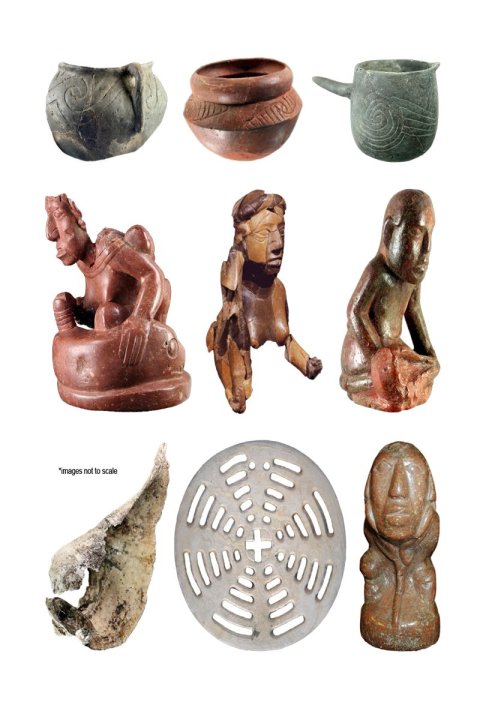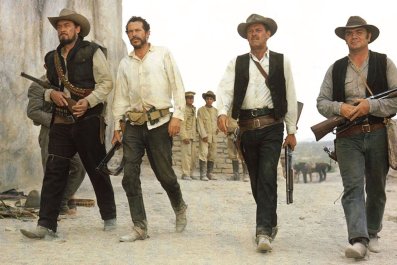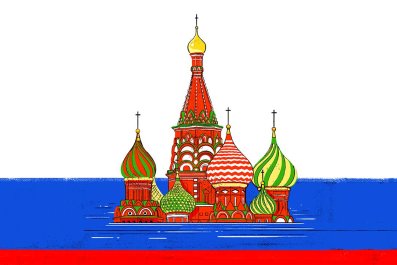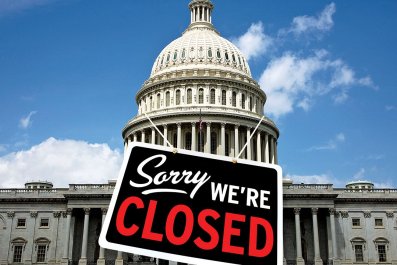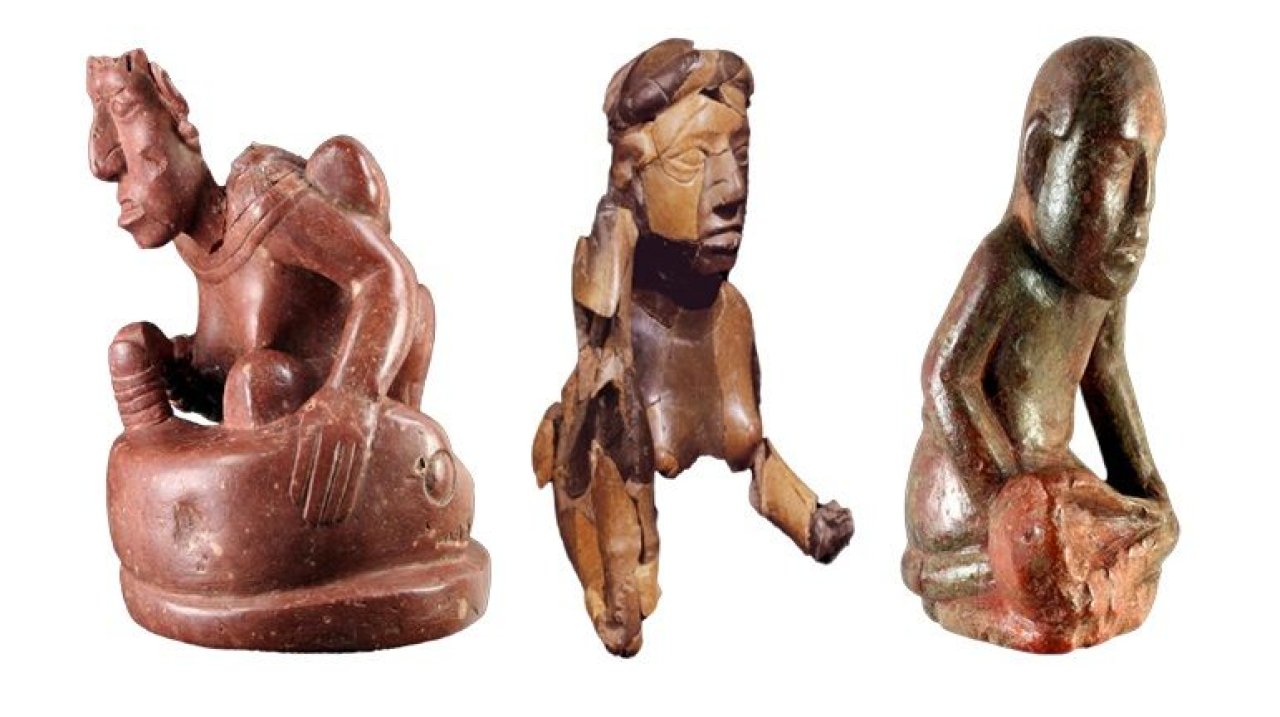
The tens of thousands of ancient people who populated the first Native American city around 1,000 years ago supped on heady stimulants, worshipped female goddesses and welcomed immigrants, a book has revealed.
Located in what is today St. Louis, between 10,000 to 30,000 inhabitants are believed to live in the city of Greater Cahokia, which reached its peak between 1050 and 1200 AD. The earliest of the large Mississippian settlements, it was also the largest pre-Columbian settlement north of Mexico. But 250 years later, the hub had mysteriously vanished.
Read more: Dexterous neanderthals: Our ancient relatives had the hands of precision workers
The authors of Revealing Greater Cahokia, North America's First Native City from the University of Illinois at Urbana-Champaign detailed how the settlement not only featured homes and temples fashioned from wooden posts and thatched roofs and walls, but storage facilities, cemeteries, and monuments such as mounds. At the Woodhenge circle of posts that served as an astronomical observatory, its peoples watched the stars.
The book takes into account excavations and studies carried out between 2008 and 2018. Archeologists found 1500 native structures, the base of a large mound, ceremonial plazas and posts, as well as over a million artifacts, archeologist and co-editor Thomas Emerson told Newsweek. He called these a "game changer" for our understanding of native societies.
Timothy Pauketat, professor of anthropology and medieval studies at the University of Illinois, commented: "Certainly, a warmer medieval-period climate was behind the early growth of Cahokia, as was the adoption of maize or corn agriculture and the spread of a new Native American religion.
"People immigrated to this new city from far and wide, probably perceiving it to have been blessed by spiritual forces. There's no better place in North America for a civilization to arise."
The city would have centered around the Monk's Mound pyramid—the largest earthen structure in the New World standing at 30m high—and featured a 50-acre public square as well as 100 earthen monuments.
Past research has shown how the city's private and public structures indicated the existence of a society with a political system structured around an economic hierarchy.
By excavating the site, archeologists were able to provide an insight into the daily lives of the Cahokians.
The remnants of plants scraped from coffee-mug-like clay beakers suggest the city's dwellers indulged in a stimulant called "black drink," made from holly tea; while stone flint, copper and stone tools and bones offer an insight into their diet, drawing from farmed, hunted and gathered foods. Statues carved in the shapes of humans and animals suggest the settlers were spiritual, and believed in goddesses.
"Early in its history, we suspect that one of the key unifying factors was a new religion that centered on world renewal and fertility," Emerson explained to Newsweek. "But by 1200 AD that religious system had disappeared, to be replaced by one that seems to have been driven by warrior and sun motifs."
By examining the teeth of dozens of people who were buried in the city, archeologists concluded that at least a fifth of inhabitants were immigrants. Judging by objects created using resources not available in the region, such visitors to Cahokia are believed to have arrived bearing gifts. The Cahokians also imported goods, including ocean shells and shark teeth. Their dead, meanwhile, were buried in group cemeteries and mounds.
"Cahokia comes into existence specifically because it had the ability to attract immigrants throughout its 300-year history," Emerson told Newsweek.
"The history of the humans in the world is dominated by population movement. Early cities around the world from Europe, to China, to Cahokia were totally dependent for growth and success on migrants."
The work also puts to rest theories that Cahokia was not a vast city but a large mound site similar to those dotted to the east of the Mississippi River, Emerson told Newsweek.
"These findings should forever put to rest those scholars who have downsized Greater Cahokia–they conclusively demonstrate that native people build a massive city in the middle of the US in the 11th century AD," he said.
But after a decade of research, including the most extensive dig of the Cahokia precinct in East St. Louis according to Emerson, the cause of the downfall of Cahokia remains unknown. Some believe climate change was to blame, while others suggest war.
"Explanations about the dissolving of Cahokia as a polity are many–ranging from economic failure to the more recent popular interpretations that blame, gigantic floods, droughts, over-exploitation of resources, and so forth. In other words, the environment.
"The social, political, and religious change were likely the causes that encouraged residents to leave Cahokia," he said. "We suspect, given the multiethnic nature of the city, that they dispersed across much of the mid-continental U.S."
He concluded: "The message seems clear from the findings at Cahokia–the key to long-term success was creating social, religious, and political unity to bring together a very diverse population. Social and political fragmentation, not environmental change, was the greatest threat."
Today, the visitors can get a taste of the city at the Cahokia Mounds State Historic Site, a UNESCO world heritage site.
This article has been updated with comment from Thomas Emerson.
